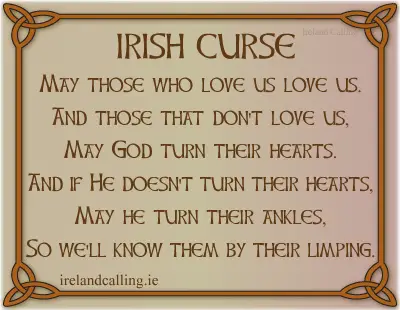Now that the UN has come up with the Global Goals for Sustainable Development. It is a useful way for us to consider our aid to Mozambique.
Goal #9 is to Build resilient infrastructure, promote sustainable industrialization and foster innovation. As you read into the goal, you see the use of the internet and getting people connected is important.
To Unite the Earth, Connect It was an op-ed By BONO (of U2) and MARK ZUCKERBERG (of Facebook) on Sunday.
Seeing that, world leaders put forth a new set of global goals in New York last week. If we want to build a world where not just some but all get to live in security and prosperity, there’s a lot still to do, as the 2030 Agenda for Sustainable Development signed off on by United Nations member states shows.This dovetails nicely with our newest work with the Diocese of Lebombo in Mozambique. To help bring tablets to its priests so they can connect with each other, the diocese and beyond!
It lists 17 goals and 169 targets, and one of these, 9(c), is a target that we believe is crucial to accelerate realization of all the others: a commitment to provide Internet connectivity for all by 2020.
Today over half the people on this planet don’t have access. That is not good for anyone — not for the disempowered and disconnected, and not for the other half, whose commerce and security depend on having stable societies.
In May 2015, Bishop Carlos Matsinhe of the Diocese of Lebombo in Mozambique came up with a communications proposal to help the various priests in far flung locations to communicate better with each other and the diocese. We have seen firsthand the wonderful ministry going on in Mozambique and also the necessity for new approaches to communication. After the 15 year Mozambican Civil War ended in 1992, much of the infrastructure was destroyed. As Ann Robinson & I traveled in 2014, we noticed how most places were off the power grid but how well the cell phone reception reached where we traveled in Mozambique.Interested in supporting our brothers and sisters in Mozambique? Send in a check made out to St. Peter’s Church and in the memo line put Mozambique or make an online donation!
The proposal using today’s technology (tablets) is helpful in addressing the needs of establishing communication between the various locations and people in the Diocese of Lebombo with the existing cell phone service.
St. Peter’s Church supports their proposal and we are going to raise $1,000 to help them purchase the tablets and help cover the cost of the data plans. (We are teaming up with another parish and have in hand a grant for nearly $10,000 to fulfill the proposal.)










